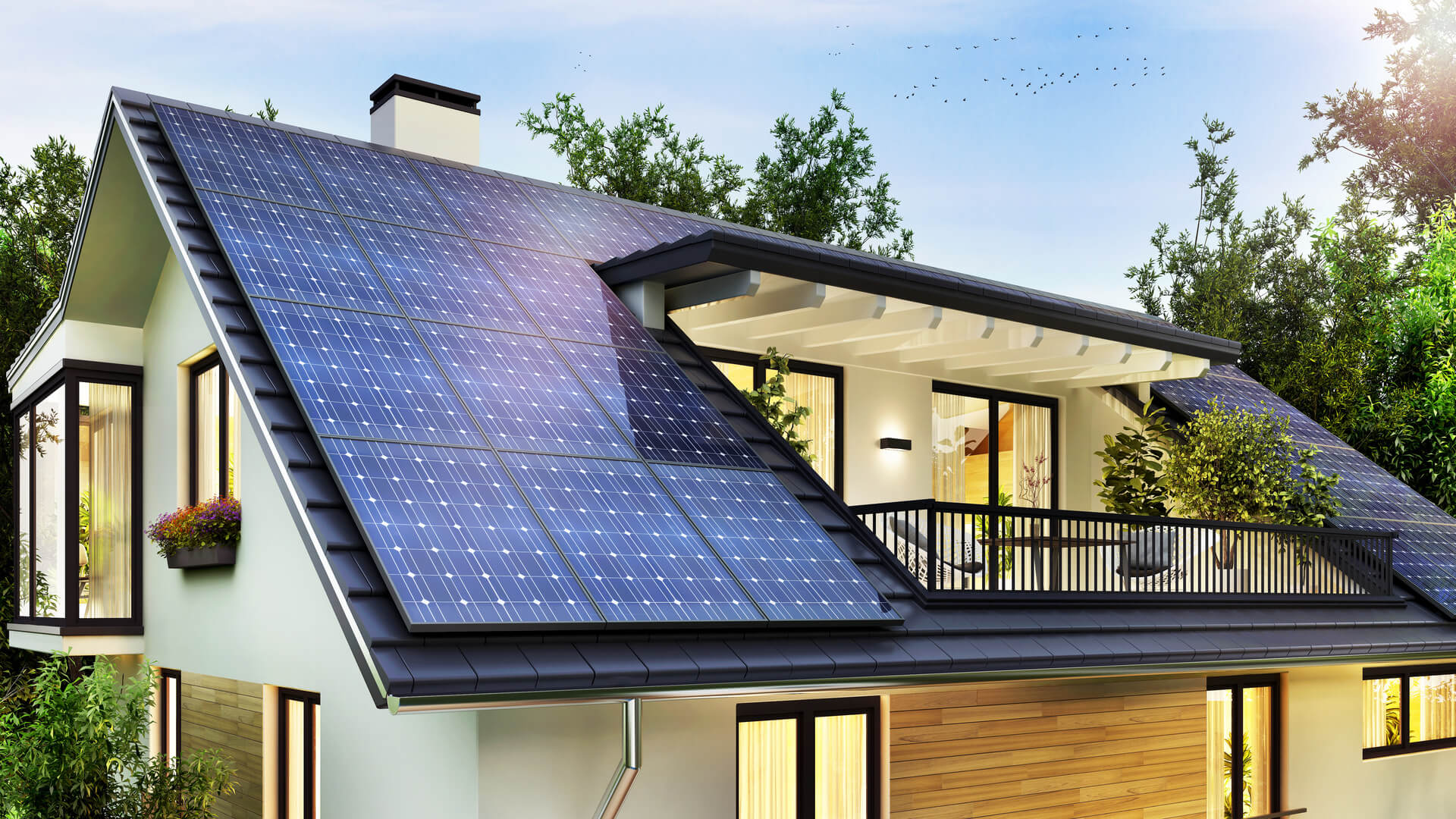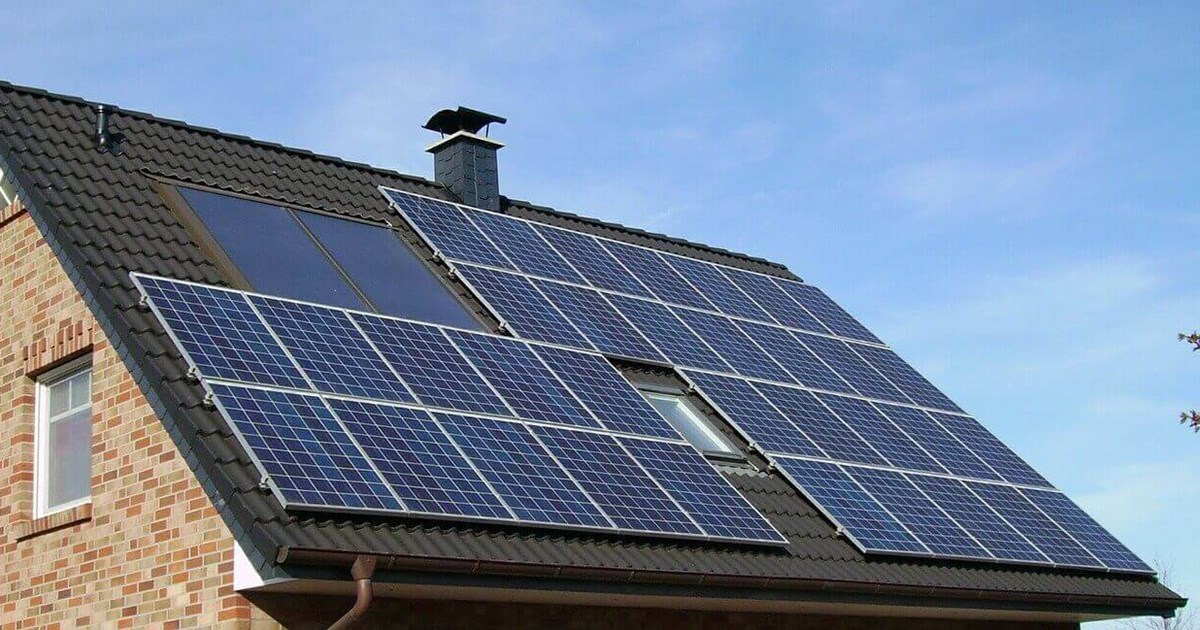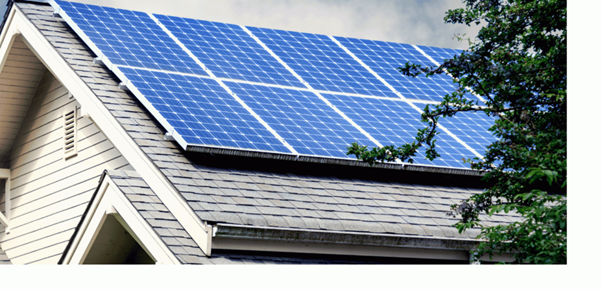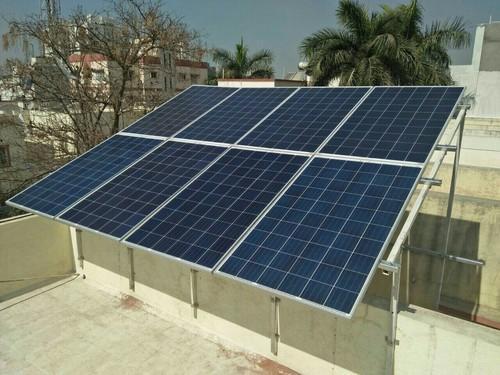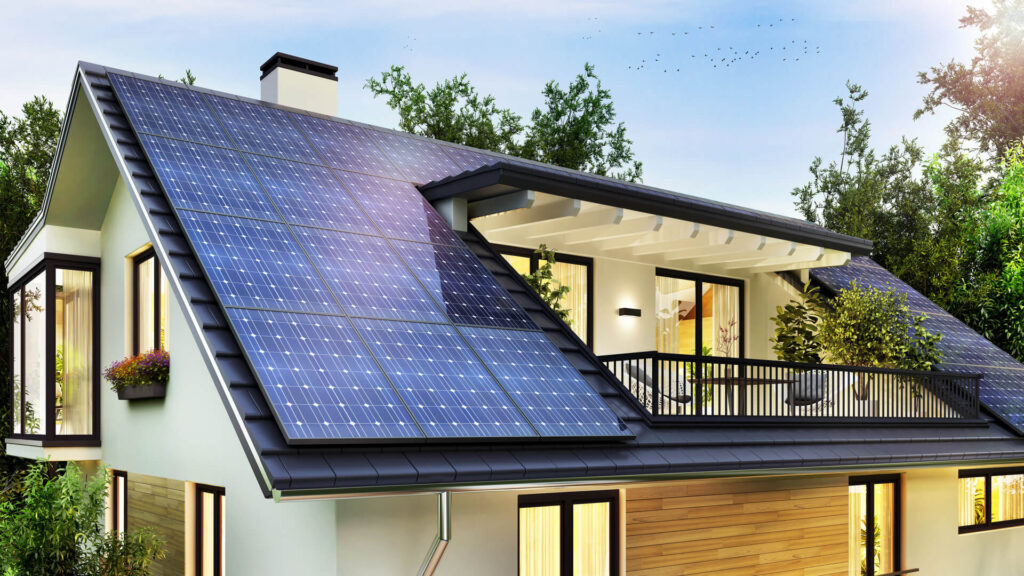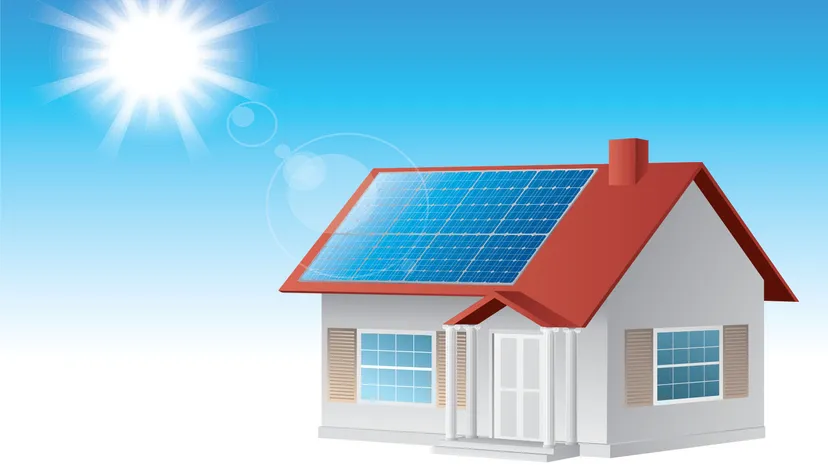Ways To Improve Solar Panel Efficiency In Home
Solar panels for businesses are becoming more and more popular around the world. This is happening because of several things. First of all, the efficiency of solar panels has gone through the roof in recent years. Governments are setting strong net-zero goals, putting more pressure on businesses to use renewable energy solutions to reduce their carbon footprints.
Many businesses can’t afford solar panels for businesses. But some people don’t do enough to ensure their solar panels work as well as possible for as long as possible. So, their panels don’t make as much energy as they should, which costs the company money.
There are many things that businesses can do to keep their solar panels running well. Here are our top six suggestions for improving the efficiency of business solar panels and getting the most electricity out of them.
Buy One Of The Solar Panels That Use The Least Energy
Photovoltaic cells, which are found in solar panels, turn solar energy from sunlight into power that can use. Unfortunately, a solar panel can’t turn all of the sun’s energy; it takes it into electricity. So, a solar panel’s efficiency is measured by how much energy that hits it is turned into electricity by its solar cells.
In the last five years, solar cell technology has changed a lot. The average efficiency of solar cells has gone from 15% to 20%. But not all solar panels are the same, and the materials and design of a model can change how well it works (and price).
Even though the initial cost is higher, buying one of the more efficient types of commercial solar panels is probably the most important thing you can do if you want the best results.
LG and SunPower were making some of the most efficient commercial solar panels in 2020, and their efficiency is over 22%. Check out Clean Energy Reviews’ review of the top 10 solar panel models for 2020 to learn more and choose the best one for you and your business.
Buy Panels With High Concentrated Photovoltaic (CPV) Cells
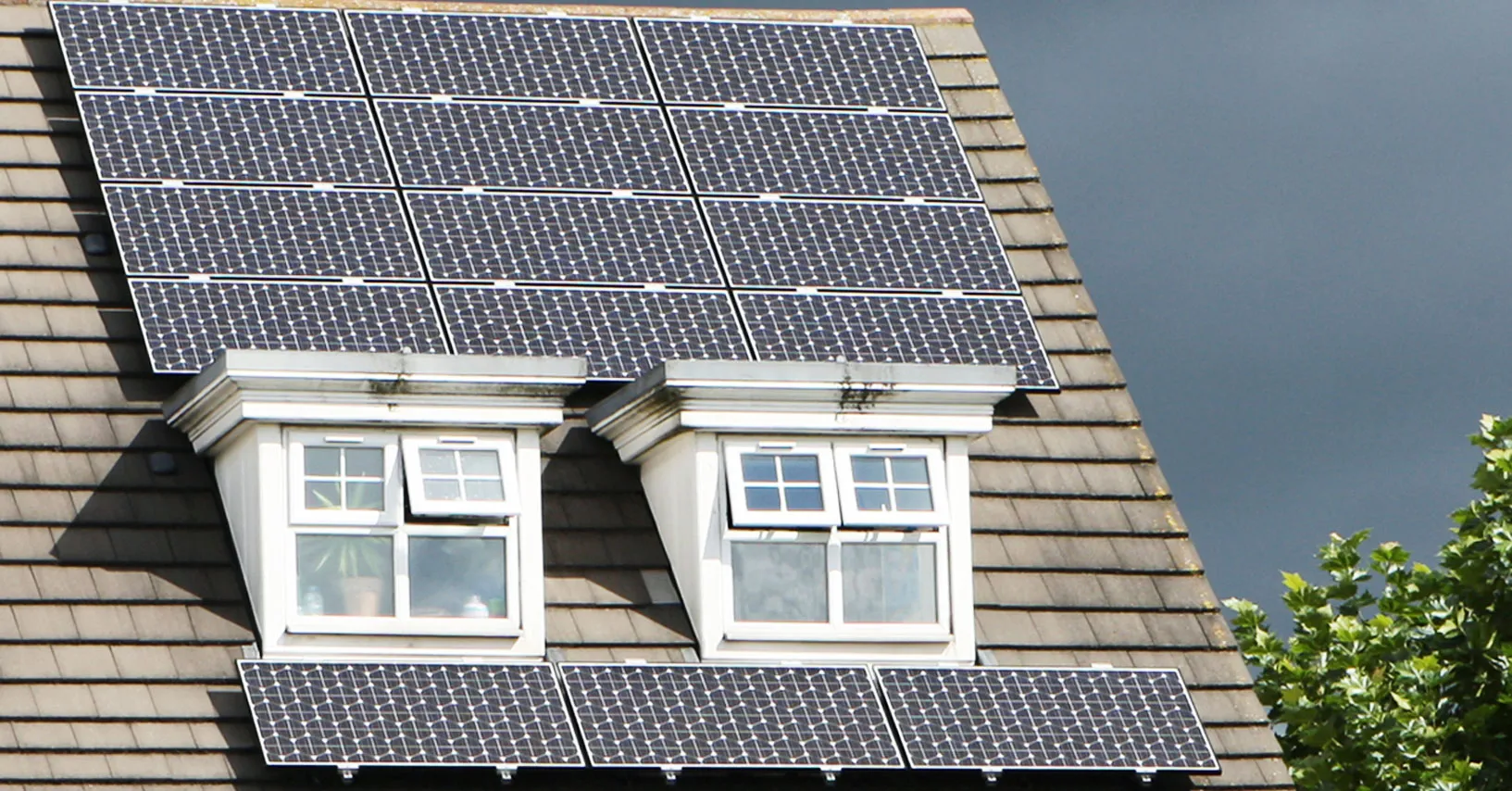
CPV works by directing sunlight onto a high-efficiency solar cell that would be too expensive to use directly otherwise. Traditional solar panels can only be as efficient as 22% of the time. On the other hand, CPV panels can be as efficient as 46% of the time.
But being very efficient comes at a high price. CPV panels can be four times more expensive than regular PV panels. There aren’t as many CPV models as there are regular PV models. But CPV is worth looking into if you can find a provider and have the money to pay for it upfront.
Don’t Put Solar Panels In A Place That Will Shade Them
Since solar panels get their power from the sun, shade cuts down on how much electricity they can make. But many people don’t know what happens when a row of solar panels is in the shade.
Even a single solar cell in the shade can change how much energy its neighbors make, and this is the case because it works like a resistor.
Most of the time, tall trees and other buildings are to blame when solar panels are in the shade. Spend time analyzing a site during the planning stage to make sure that shadow won’t be a problem.
Hire A Professional To Put Up Your Solar Panels.
If solar panels aren’t set up right, they won’t get as much sunlight as they should and won’t make as much electricity. When putting up panels, you must consider their angle and direction. Solar panels should be set up for the most sunlight at an angle between 18 and 36 degrees. Your solar panels should face south if you live in the northern hemisphere, and if you are in the southern hemisphere, they should be facing north.
Make Sure Your Solar Panels Are Always Clean
Solar panels don’t need much maintenance because they have no moving parts. But it would be best to clean your solar panels regularly because dust and dirt can build up on the surface and make them less effective.
How often you clean your solar panels depends on several things, like how much it rains and how much it costs to have them cleaned.
Dust and dirt might only cause a 5% drop in output over a year. But if they get very dirty, like when it doesn’t rain enough, the output can drop by more than 20%. So, it’s a good idea to clean your solar panels at least once a year.
